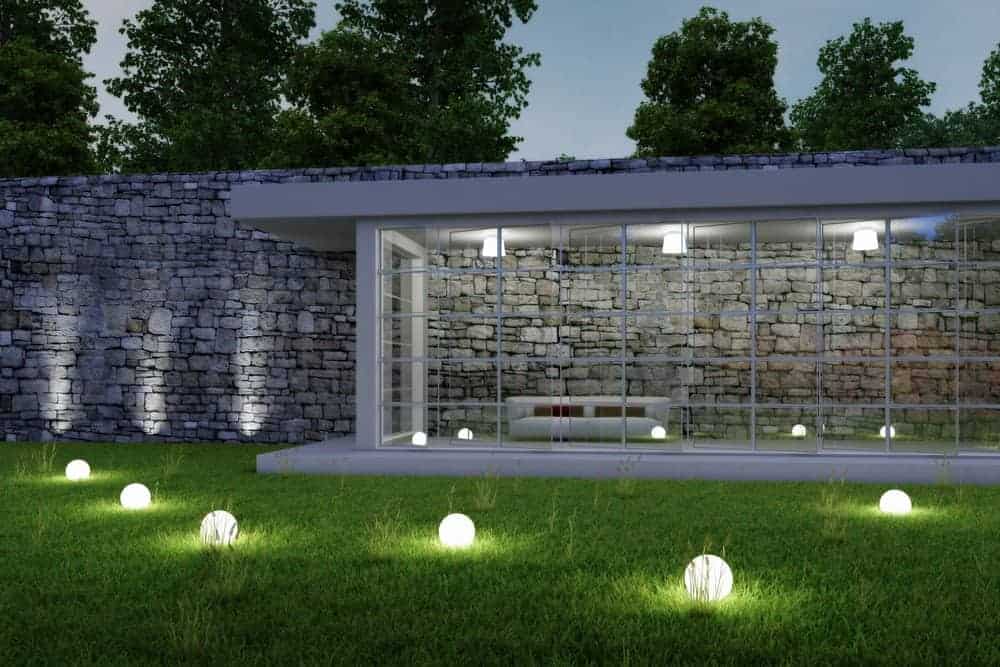Landscape Luminescence – Outdoor Lighting Concepts to Explore
Landscape luminescence, often referred to as outdoor lighting, is a transformative concept that not only illuminates the physical environment but also enhances the emotional and aesthetic experience of outdoor spaces. This approach to lighting design goes beyond mere functionality, aiming to create a harmonious interplay between light and landscape, enriching the nocturnal atmosphere. One key aspect of landscape luminescence is the strategic placement of light fixtures to highlight architectural features, natural elements, and pathways, guiding the viewer through a carefully curated visual journey. Path lighting, for instance, is an essential element that not only ensures safety but also adds a subtle, enchanting allure to a garden or walkway. In the realm of outdoor lighting, the concept of moonlighting has gained popularity for its ability to emulate the soft, natural glow of moonlight filtering through trees. Strategically placing fixtures high in the branches to cast gentle shadows, this technique creates an ethereal ambiance that mimics the beauty of a moonlit night.

Similarly, silhouette lighting plays with shadows to emphasize the distinctive shapes of trees, sculptures, or architectural elements, lending a dramatic and mysterious quality to the outdoor environment. These techniques not only showcase the beauty of the landscape but also contribute to a sense of tranquility and connection with nature. Moreover, the use of water features in outdoor lighting introduces a dynamic element that adds both visual interest and a calming effect. Submersible lights placed within ponds, fountains, or cascading waterfalls can transform these elements into mesmerizing focal points, creating a play of light and reflection. This technique not only enhances the visual appeal of the landscape but also introduces a multisensory experience, engaging both sight and sound. Additionally, the strategic use of colored lighting can evoke specific moods or complement seasonal changes, allowing for a dynamic and adaptable outdoor lighting scheme. Advancements in technology have brought about the integration of smart lighting systems in landscape design, enabling dynamic control over intensity, color, and even movement of lights.
This not only enhances the flexibility of outdoor lighting but also allows for the creation of immersive experiences that respond to the changing needs and preferences of the users. For instance, programmable LED strips can be employed to transform a static garden into a vibrant, ever-changing canvas, adapting to different occasions or personal preferences. In conclusion, landscape luminescence represents a fusion of art and technology that goes beyond mere illumination, aiming to create enchanting outdoor spaces that resonate with both functionality and aesthetics. From subtle path lighting to the dramatic effects of moonlighting and silhouette lighting, each concept contributes to the overall narrative of a well-lit landscape. The integration of water features and the advent of smart lighting systems further elevate the possibilities, allowing for a dynamic and customizable outdoor lighting experience. In the realm of landscape luminescence, the interplay of light and shadow becomes a medium for storytelling, inviting individuals to engage with and immerse themselves in the enchanting nocturnal tapestry of the outdoor environment.

